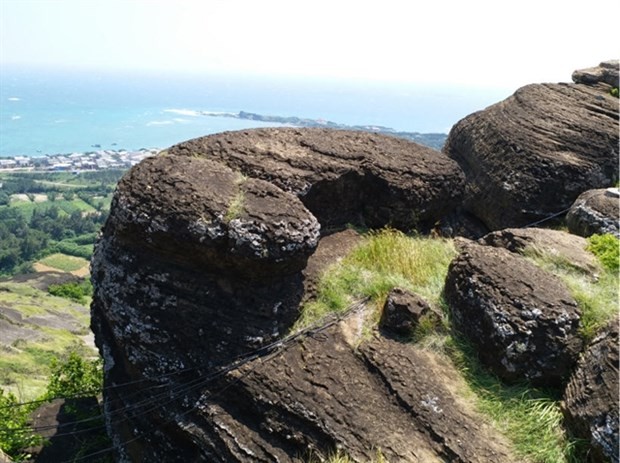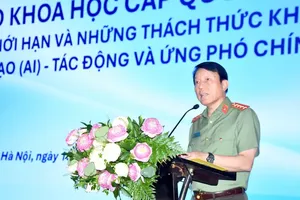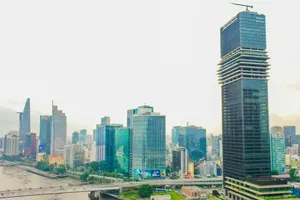
Dr Nguyen Xuan Nam from the institute told Viet Nam News that the rocks were discovered on Cao Cat mountain – the highest point of the island – during field trips last year.
He said the complex of rocks was created by volcanic ash during eruptions, and then weathered over millions of years.
“Many rocks in hemispherical form dotted the mountain. The surface of rocks would be flattened by strong wind and rain a long, long time ago,” Nam said.
“The volcano in the area would erupt in different periods, but we could see the latest vestige from the Holocene (approximately thousands of year ago),” he said.
Nam added that the terrain naturally was well preserved with rich geological value.
He said the complex would be promoted as a global geo-park site, boosting biodiversity and geological heritage value for eco-tourism and field studies.
Experts said more surveys and studies should be conducted to unveil unknown values of geology, culture, history and nature of the island.
The 17sq.km Phu Quy island, situated 120km from Phan Thiet city, was hailed as one of the most beautiful islands in the East Sea by readers of US news site CNN in 2018.
Also in 2018, experts from the institute discovered a complex of fossilised coral blocks – believed to date from 4,000 to 6,000 years ago – on the coast of Ly Son island, 30km off central Quang Ngai province.
























